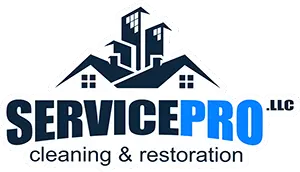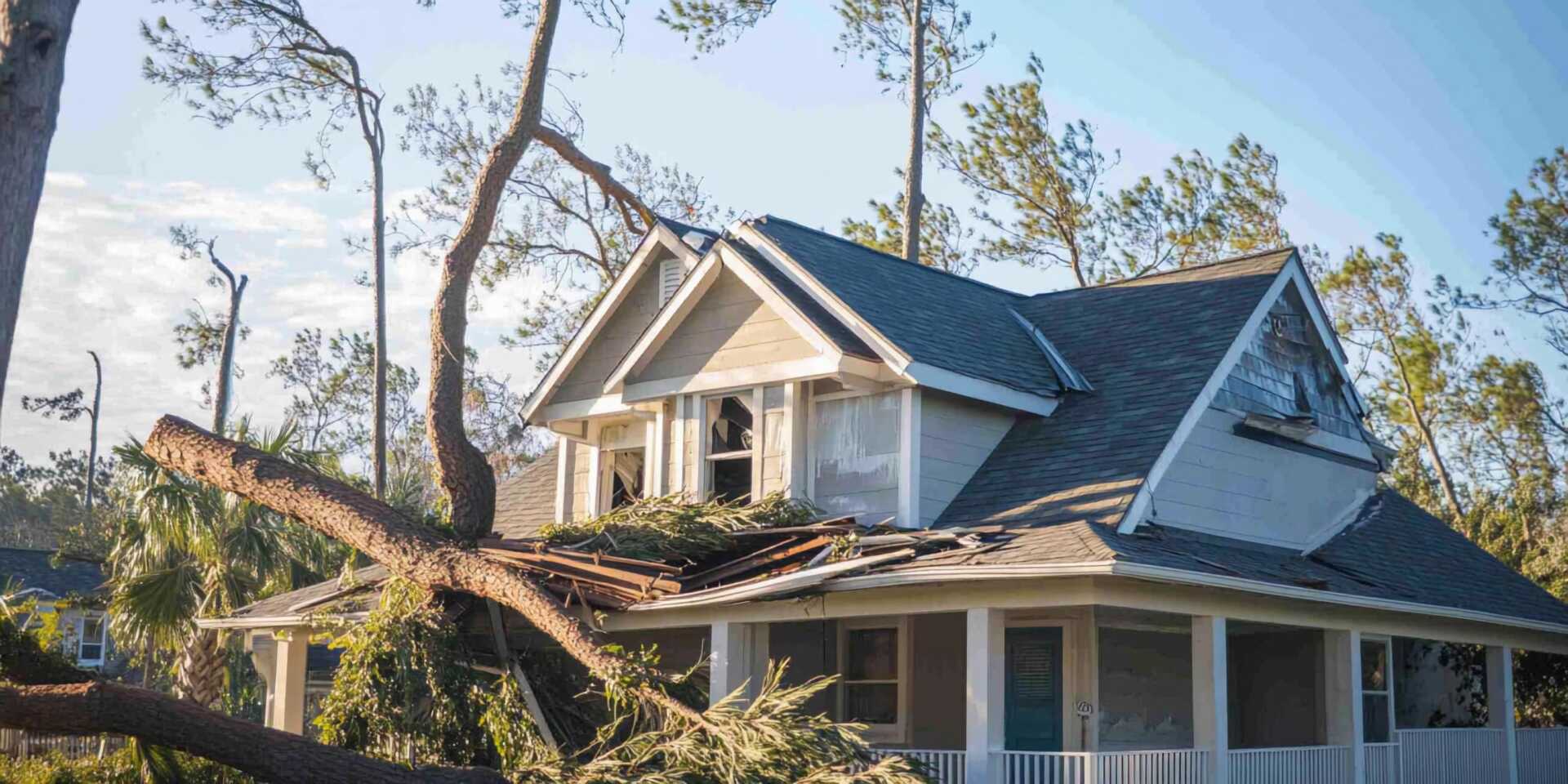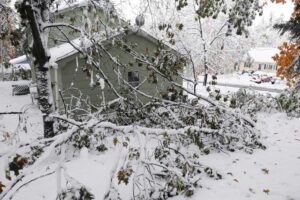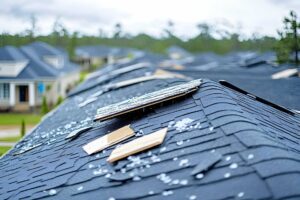Many homeowners overlook the array of resources available for storm damage repair, thinking they must bear the full financial burden alone. In reality, there are often community-driven solutions that can ease the strain. By tapping into local networks, you might find unexpected support that helps with repairs and fosters a sense of community. What strategies can you employ to uncover these hidden gems and effectively tackle storm damage?
Key Takeaways
- Explore local community assistance programs that offer financial aid or volunteer help for storm damage repairs.
- Investigate DIY repair techniques for minor issues, reducing labor costs while maintaining quality.
- Utilize online tutorials or community workshops to gain skills and knowledge for effective repairs.
- Connect with neighbors for shared resources, tools, and expertise to tackle storm damage collaboratively.
- Review your insurance policy carefully to identify available coverage options for storm-related repairs.
Assessing the Impact of Storm Damage
When you face the aftermath of a storm, evaluating the impact of the damage is essential to determining your next steps. Start by reviewing the storm severity—was it wind, rain, or flooding that caused the most destruction? This understanding helps you prioritize repairs.
Walk through your property, taking note of visible damage, like roof leaks, broken windows, or fallen trees. Don’t forget to check the structural integrity of your home; hidden damage can lead to larger issues if left unaddressed.
As you conduct your damage evaluation, document everything with photos and detailed notes. This documentation aids in repairs and fosters community support as you share your experience with neighbors.
Exploring Insurance Claim Options
How can you navigate the often-complex process of filing an insurance claim after storm damage? Understanding your insurance coverage is essential. Start by reviewing your policy and identifying what’s covered. Document the damage thoroughly, taking photos and notes.
Here’s a simple table to guide you through the claim process:
| Step | Action Required |
|---|---|
| 1. Contact Insurer | Notify your insurance company promptly. |
| 2. Document Damage | Take detailed photos and notes. |
| 3. Submit Claim | Fill out the claim forms accurately. |
| 4. Follow Up | Check in regularly with your adjuster. |
| 5. Finalize Claim | Review the settlement offer carefully. |
Cost-effective Repair Techniques
While storm damage can be overwhelming, employing cost-effective repair techniques can help you restore your home without breaking the bank.
One effective approach is to contemplate DIY repairs. By tackling minor issues yourself, you save on labor costs and gain a sense of accomplishment. Start with tasks like patching up small leaks or replacing damaged shingles, using budget materials that don’t compromise quality.
Local hardware stores often offer affordable options that can match your needs without draining your wallet. Additionally, you can find online tutorials or community workshops that guide you through various repair processes.
Utilizing Local Resources for Support
After addressing immediate repairs, tapping into local resources can further bolster your recovery efforts. Engaging with your community provides practical support and fosters a sense of belonging during tough times.
Start by seeking community assistance programs that may offer financial aid, volunteer help, or materials for repairs. Local non-profits and organizations often have established networks that can connect you with those willing to lend a hand.
Resource networking is key; share your needs with neighbors and friends. They might’ve tools, expertise, or even access to contractors who understand your local area’s specific challenges.
Attend community meetings or social media groups to stay informed about available resources and support initiatives. Remember, leveraging your local connections aids your recovery and strengthens community ties, reminding you that you’re not alone in this journey.
Preventive Measures for Future Storms
To ensure your home withstands future storms, it’s essential to take proactive measures that address vulnerabilities in your property.
Start by evaluating your roof and siding for any wear or damage; reinforcing these areas can greatly enhance your home’s resilience. Additionally, consider installing storm shutters or impact-resistant windows to protect against flying debris.
You should also create a thorough storm preparedness plan. This includes assembling emergency kits stocked with essentials like water, non-perishable food, flashlights, and first-aid supplies. Keep these kits easily accessible, ensuring your family knows where to find them during emergencies.
Lastly, maintain communication with your neighbors and local community groups. Sharing information about storm risks and resources fosters a sense of belonging, making everyone better prepared.
Recap
In traversing storm damage repair, remember that a penny saved is a penny earned. By evaluating the impact, exploring insurance options, and leveraging local resources, you can tackle repairs without breaking the bank. Don’t hesitate to connect with your community; sharing tools and skills can lighten the load. Embracing these hidden options helps restore your home and strengthens neighborhood bonds, creating resilience for future storms. Together, you can weather any storm that comes your way.




